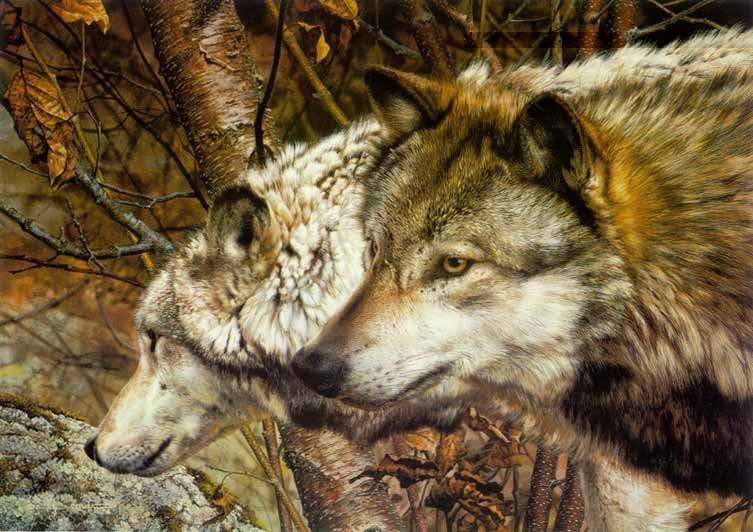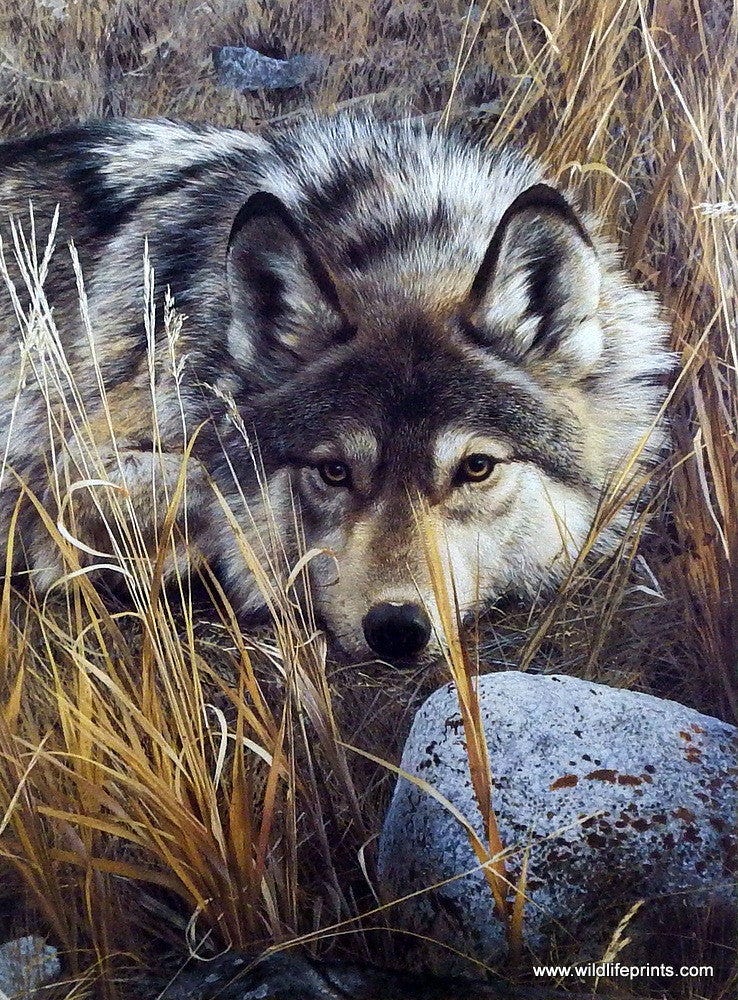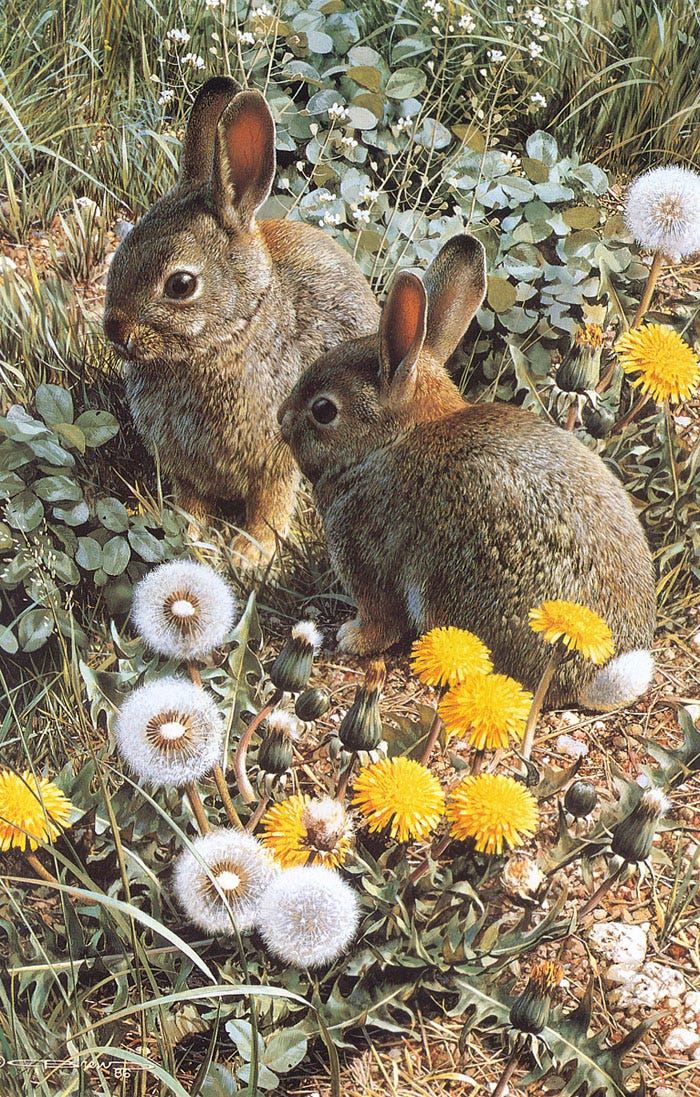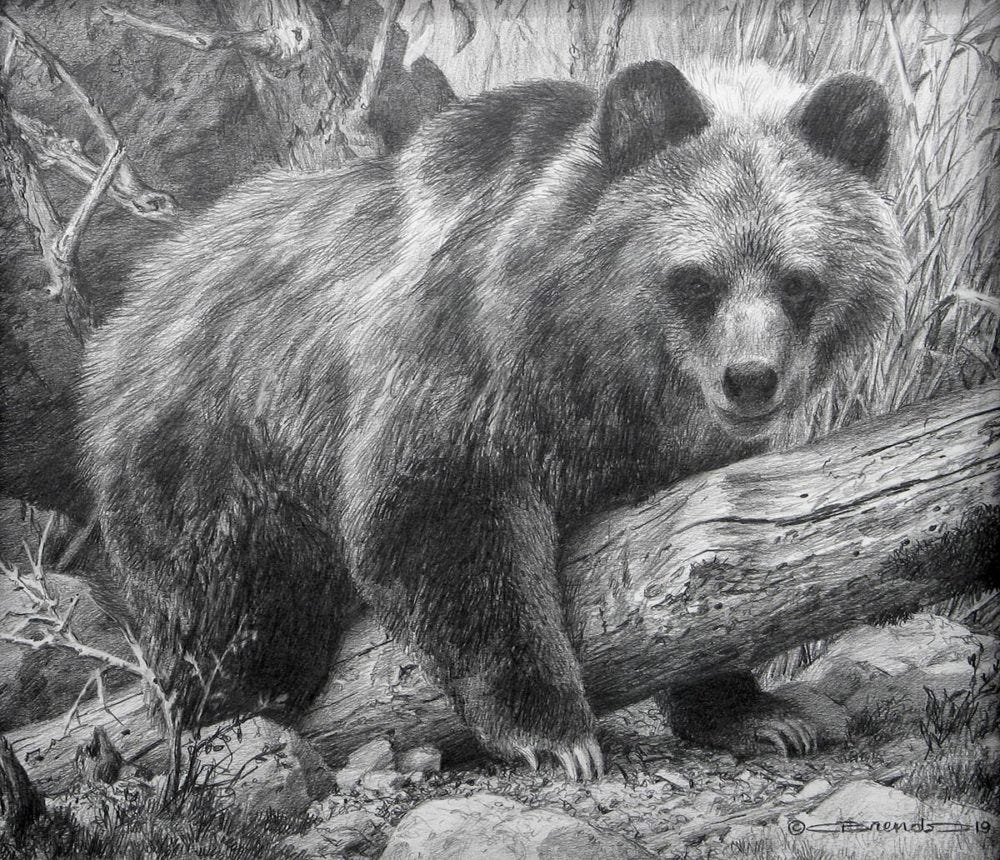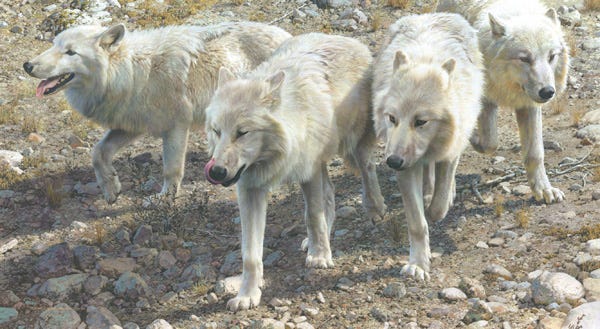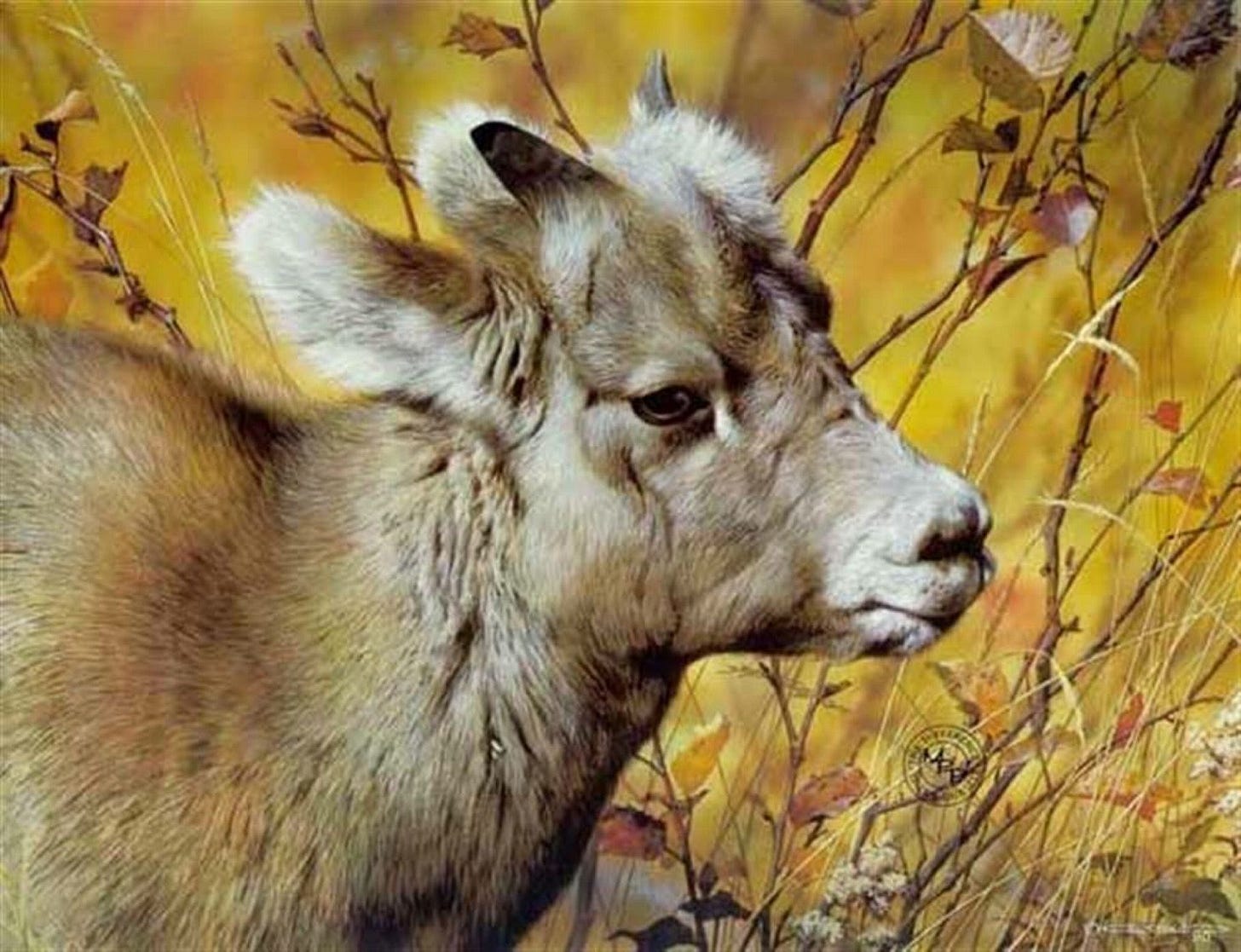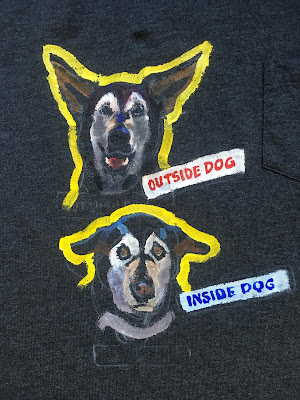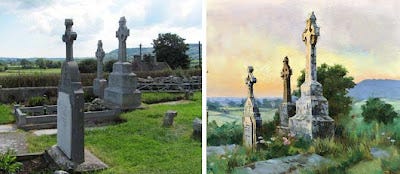Thursday, May 30, 2024
Archery Target
Someone must have set up this target for archery practice. It's in a lonely place way down below a high bridge.
Monday, May 27, 2024
Rendering Realistic Fur in Gouache
Carl Brenders (b. 1937) is a wildlife artist from Belgium known for his richly detailed gouache and watercolor paintings of mammals and birds in their environments.
How does he do it? There’s not much information about his technique available online, but I did some digging.
He begins by taking a lot of photographs of the animal and its habitat.
According to his 1994 book Wildlife: The Nature Paintings of Carl Benders:
“Even after spending weeks of research and photography in the field, the artist devotes more time to develop the concept of the painting.
“With this planned, he first makes a complete pencil drawing of the entire subject, including the background.
“Over his pencil work he then paints with sepia watercolor much like pen-and-ink drawing. On top of the sepia he airbrushes areas in watercolor, and then paints over all this with gouache.
“He finds the combination of gouache and watercolor perfectly suited to his detailed work; it achieves an effect he finds impossible with acrylic or oil paint.
“Only the Flemish masters, says Brenders, could achieve such detail in oils.”
Quotes by Dana Cooper from the book Wildlife: The Nature Paintings of Carl Benders
Saturday, May 25, 2024
Degas' Experimental Foregrounds
Degas loved to experiment with cropping elements off the bottom of his compositions, most likely influenced by photography. Here he seems to be having fun, just seeing what he could get away with.
More about breaking the foreground line on my Substack post.
Monday, May 20, 2024
The Lights Go On at Lightbox
Friday, May 17, 2024
Tuesday, May 14, 2024
Inside Dog, Outside Dog
Sunday, May 12, 2024
Parrish Describes Pyle
In his reply to a young art student, Maxfield Parrish said: "I do wish you could study under Howard Pyle: indeed you would enjoy it. I did myself for two years. He is so full enthusiasm there is plenty to spare and you get a lot that is left over. He does everything the same way: he goes in bathing, walks, plays games as if he were saving his household goods from a fire."
Thanks, Steve!
Friday, May 10, 2024
Chinese Academic Drawing
A Chinese academic drawing in four stages. More information and commentary on my free Substack forum.
Wednesday, May 8, 2024
Painting Trash and Weeds
More about painting "non-motifs" at my post on Substack.
Link to Video on YouTube
Saturday, May 4, 2024
Beginning and Ending a Painting
A reader asked: “How is your thought process different at the beginning of a plein-air painting compared to the end?”
At the beginning of a painting, I think about the concept or feeling that I want to convey. That intention guides the choice of framing and the colors I may choose. The thought process always comes before the painting, and if it’s a studio illustration, I work it out in sketches.
If I were to start drawing or painting without a clear idea, it’s likely to be a dud.
My first goal is to make a foundation in simple lines drawn with a brush, graphite pencil or watercolor pencil. If my goal is to capture the subject fairly literally or accurately, I might do some measuring and checking. Other times I may just use the elements in front of me to build an idea that’s half formed in my head.
Either way, my goal at the outset is to place the big elements.
There may be moments of struggle, especially in the early stages when trying to align the actual painting with the original vision in my head. To overcome this, I often focus on finishing one area and building from there.
As I progress towards the later stages of the painting, my focus shifts into the scene. I think about the details. If the painting is going well, my attention shifts from the mechanics of brushes, surfaces, and strokes to the virtual space I’m trying to evoke.
If I get too caught up in such superficial concerns late in the game, I’ve probably lost hold of the idea. Jotting down the initial idea in a quick sketch or even a couple of words can be a big help.
The most difficult part is the thinking stage, which is why I say: Painting is easy, thinking is hard.







